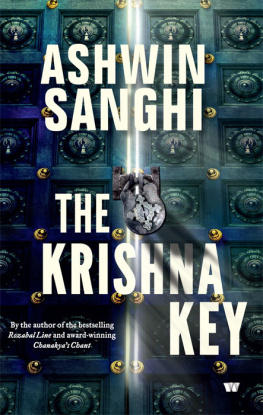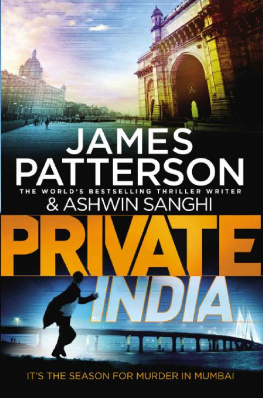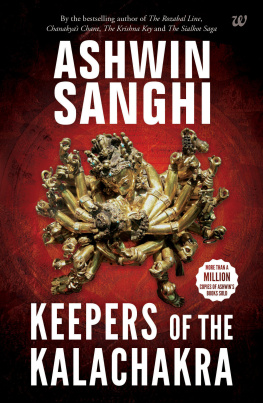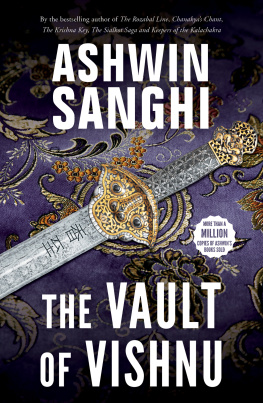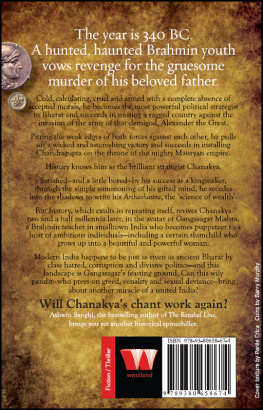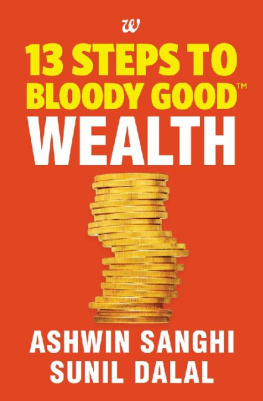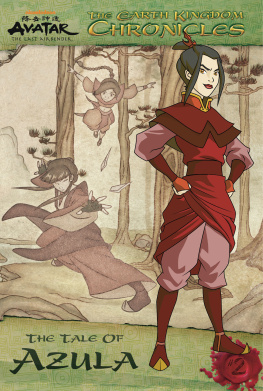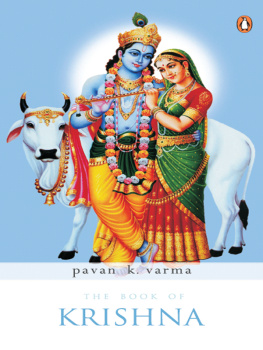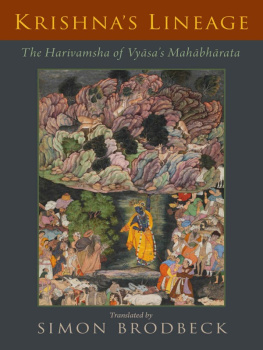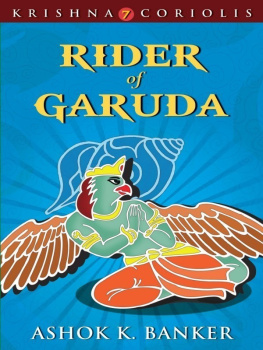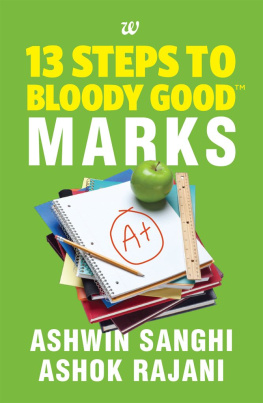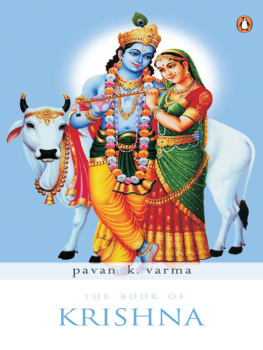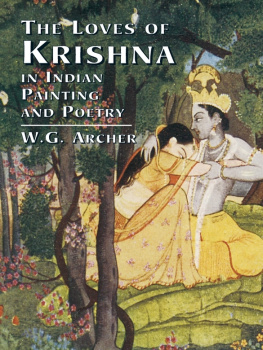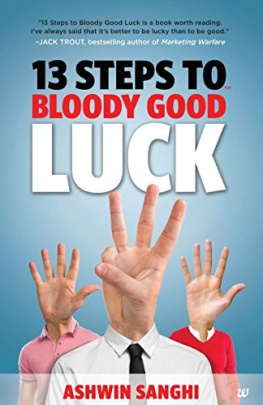
westland ltd
THE KRISHNA KEY
Ashwin Sanghis first novel, The Rozabal Line , was self-published in 2007 under his pseudonym, Shawn Haigins. The theological thriller based upon the theory that Jesus died in Kashmir was subsequently published by Westland in 2008 in India under his own name and went on to become a bestseller, remaining on national bestseller lists for several months.
Ashwin Sanghis second novel , Chanakya's Chant , a political thriller with roots in ancient Mauryan history, shot to the top of almost every bestseller list in India within a few weeks of its launch. The novel went on to win the Crossword-Vodafone Popular Choice Award 2010, and film producer UTV acquired the movie rights to the book. The novel continues to dominate the fiction charts.
The Krishna Key , Ashwins third novel, is a furiously paced and riveting thriller that explores the ancient secrets of the Vedic age and the Mahabharata .
Ashwin is an entrepreneur by profession but writing historical fiction in the thriller genre is his passion and hobby. Ashwin was educated at the Cathedral & John Connon School, Mumbai, and St Xaviers College, Mumbai. He holds a masters degree from Yale and is working towards a Ph.D. in Creative Writing. Ashwin lives in Mumbai with his wife, Anushika, and his son, Raghuvir.
To connect with Ashwin on email or social media please visit his website at www.sanghi.in.
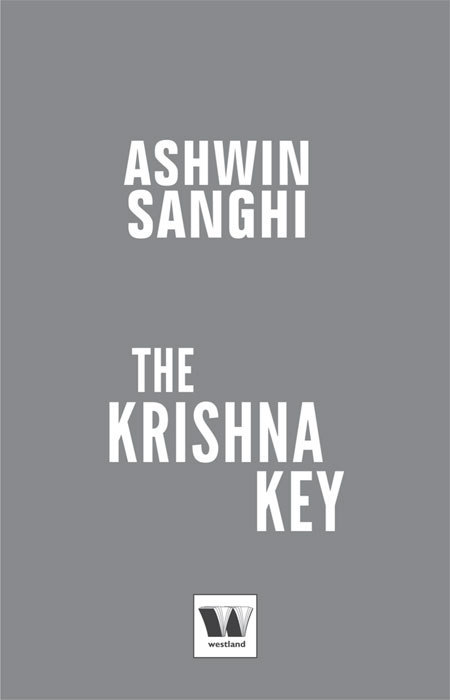
westland ltd
Venkat Towers, 165, P.H. Road, Opp. Maduravoyal Municipal office, Chennai 600 095
No.38/10 (New No.5), Raghava Nagar, New Timber Yard Layout, Bangalore 560 026
Survey No. A-9, II Floor, Moula Ali Industrial Area, Moula Ali, Hyderabad 500 040
23/181, Anand Nagar, Nehru Road, Santacruz East, Mumbai 400 055
4322/3, Ansari Road, Daryaganj, New Delhi 110 002
First published by westland ltd 2012
Copyright Ashwin Sanghi 2012
All rights reserved
10 9 8 7 6 5 4 3 2 1
ISBN: 978-93-81626-68-9
Typeset by Art Works, Chennai
Printed at Manipal Technologies Ltd., Manipal
This book is sold subject to the condition that it shall not by way of trade or otherwise, be lent, resold, hired out, circulated, and no reproduction in any form, in whole or in part (except for brief quotations in critical articles or reviews) may be made without written permission of the publishers.
AUTHORS NOTE
I am obliged to my wife Anushika and my son Raghuvir, who ungrudgingly tolerated my persistent absence from their lives while I was writing this book. They are my inspiration, my life and my very breath.
I am beholden to my parents, Mahendra and Manju, who supported me in all my endeavours, including my writing. Also, many thanks to my brother and sister, Vaibhav and Vidhi, who picked up the slack, at work, and at home, while I was working on this project.
My aunt, Aparna Gupta, is my eternal friend and guide, but has never hesitated to critique my work. I am thankful to her for playing the role of sounding-board while this novel was a work in progress.
I am grateful to my editor, Prita Maitra, and my publisher, Gautam Padmanabhan, without whom none of my novels, including this one, would have emerged from their manuscripts. In addition, I am thankful to Paul Vinay Kumar, Renuka Chatterjee, Anushree Banerjee and Satish Sundaram at Westland who have always supported me wholeheartedly.
Gunjan Ahlawat and Kunal Kundu deserve special mention for the beautiful cover design as also Vipin Vijay for putting it all together. My thanks to Rupesh Talaskar for the illustrations inside the pages of this novel. My gratitude, also, to Vishwajeet Sapan for the key Sanskrit translations.
A big thank you to Ameya Naik and Kushal Gopalka who helped create the audio track of the central shloka of this novel. Finally, a special thanks to Hemal Majithia, Shalini Iyer and Saurabh Sharma from the Think Why Not team who helped create the video trailer.
I am thankful to various authors and producers of original or derived works. A separate acknowledgements section at the end of the narrative lists these in detail.
I am fortunate to be the grandson of the late Shri Ram Prasad Gupta and grandnephew of his brother, the late Shri Ram Gopal Gupta. Their blessings move the fingers that hold my pen.
Finally, I am deeply aware of the fact that when I sit down to write, the words that flow from mind to matter are merely through me, not from me. How do I convey my thanks to the real writerthe formless, shapeless and endless Almightyfor his blessings?
Perhaps this book will answer that question.
WARNING
This book uses several images to explain details within the story. Flipping to the back of the book prematurely may result in your inadvertently viewing some images that could act as plot-spoilers, hence this is not advised.
DISCLAIMER
This book is a work of fiction and should be read as such. No claim regarding historical accuracy is made expressly or implied. All names, characters, places and incidents used in this book are the product of the authors imagination. Historical, religious or mythological characters; historical or legendary events; or names of places are always used fictitiously. Best efforts have been made to attribute historical, mythological or theological material at the back of this book in the Acknowledgements & References section. Any resemblance to any actual persons, living or dead, past events or historical locations, is entirely coincidental. Images and maps are for illustrative purposes only and are presented without any claim to accuracy.

Who really knows, and who can swear,
How creation came, when or where!
Even gods came after creations day,
Who really knows, who can truly say
When and how did creation start?
Did He will it? Or did He not?
Only He, up there, knows, maybe;
Or perhaps, not even He.
Rig Veda 10:129
CONTENTS

Let me start at the very beginning even before I was born. One of my ancestors was King Yayati. He was cursed by the sage Shukracharya for having been unfaithful to his wife, Devayani, who was Shukracharyas daughter. The curse was that Yayati would grow old prematurely and thus be unable to enjoy the pleasures of his youth and potency. Later, Shukracharya relented and softened the blow: Yayati would be spared if one of his sons, Yadu or Puru, accepted the consequences of the curse. The older son, Yadu, refused, but the younger, Puru, agreed to take it on himself. As a reward, Yayati chose Puru to succeed him as king, in place of Yadu. The enraged Yayati enlarged upon the punishment to his elder son. Neither you nor your descendants will ever occupy a throne! he prophesied, in a fury. The unlucky Yadu left his home and settled down in Mathura where his lineage flourished. Yadus descendants were the Yadavas, of which I was one. Yadavas, since then, have been king-makers, but never kings. Puru went on to become the patriarch of the kingdom of Hastinapur into which the families of the Kauravas and Pandavas were born.
Anil Varshney did not know that he had less than twelve minutes left to live. His modest house in the Hanumangarh district of Rajasthan was deathly quiet at this hour except for the humming of the desert cooler. Varshney loved the silence. It allowed him to immerse himself entirely in the strange letterings and symbols that lay before him.

